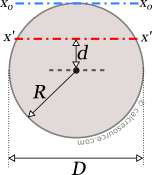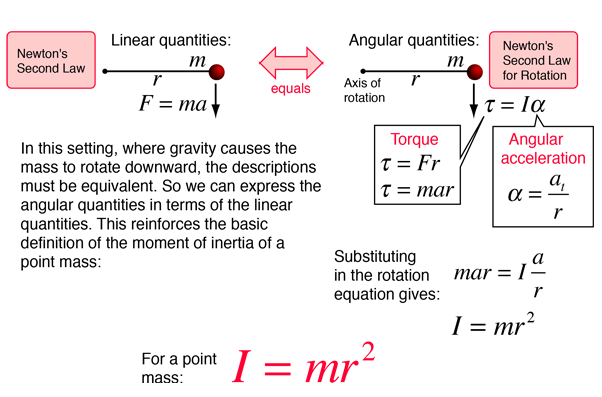
#2nd moment of inertia of a circle how to#
Term for angular acceleration, and we figured out how to determine the moment of inertia for a point mass, and you'll hear people say this a lot, "point mass," I'm gonna say it a lot. Same role that mass did, it serves as this inertia

Larger angular acceleration 'cause you're now dividingīy a smaller number. You've got a big denominator, you're gonna have a small value, that means this alpha is gonna be small, it's gonna be a smallĪngular acceleration, but if this moment of inertia were small, then it's gonna be easier to rotate, and you'll get a relatively Rotational inertia is big, look it, this is in the denominator. We're dividing by the moment of inertia, we're dividingīy the rotational inertia because that means if this

Is gonna be equal to the net torque dividedīy the moment of inertia, or the rotational inertia, In the angular version of Newton's second law, that says that the angular acceleration Know the moment of inertia is 'cause it'll let you determine how difficult it'll be toĪngularly accelerate something, and remember it shows up So that's what this number is good for, the reason why you wanna To be very difficult to try to get this thing accelerating, but if the moment of inertia is small, it should be very easy, relatively easy to get this thing angularly accelerating. System has a large moment of inertia, it's going

In other words, how much something's going to resist being angularly accelerated, so being sped up in its This moment of inertia is really just the rotational inertia. 'cause this is something that people get confused about a lot. Talk some more about the moment of inertia,


 0 kommentar(er)
0 kommentar(er)
